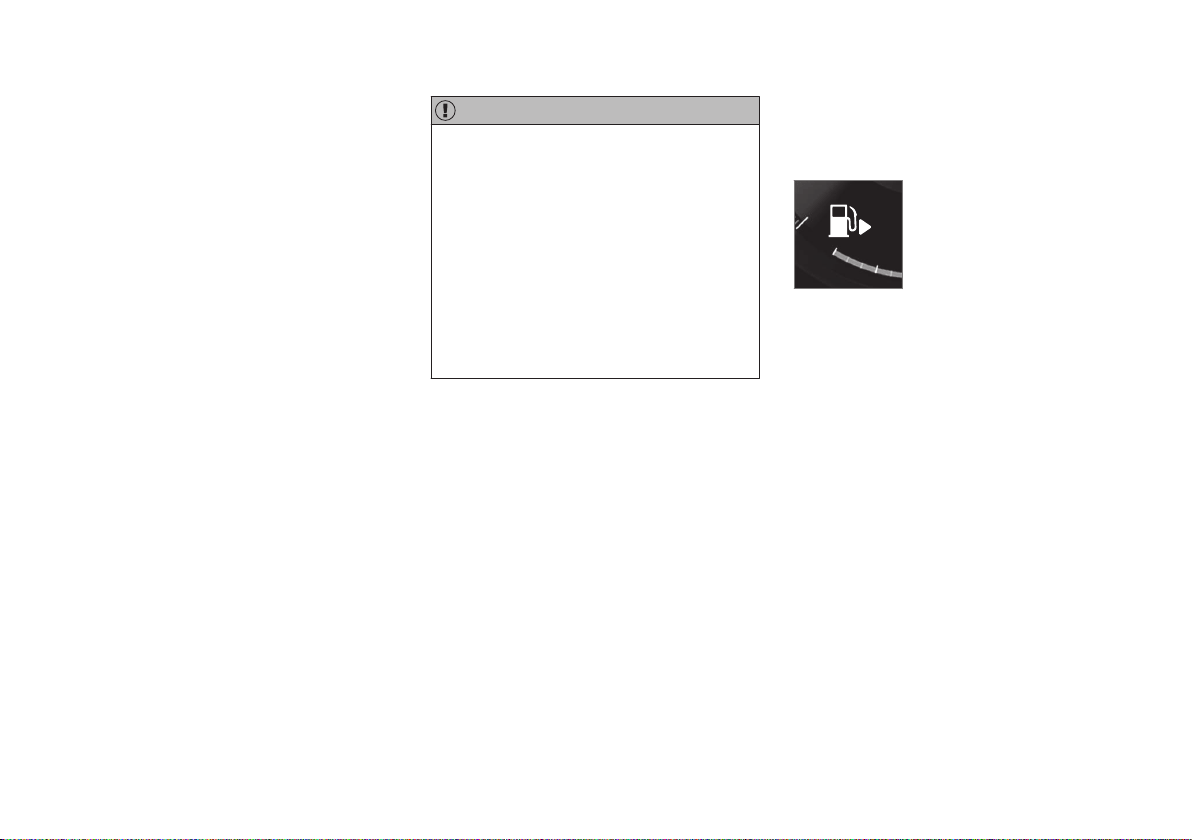Loading ...
Loading ...
Loading ...

STARTING AND DRIVING
456
Driving in water
Wading means the car being driven through
water e.g. on a flooded road. Driving in water
must be performed with great caution.
Observe the following to prevent damage to
the car when driving through water:
•
The water level must not be higher than
the floor of the car. If possible, check the
depth at the deepest point before starting
to drive through the water. Extra caution
should be exercised when passing
through flowing water.
•
Do not drive faster than walking pace.
•
Do not stop the car in the water. Drive for-
ward carefully or reverse the car back out
of the water.
•
Remember that waves created by oncom-
ing traffic may rise above the level for the
floor of the car.
•
Avoid driving through salt water (corrosion
risk).
IMPORTANT
Parts of the car (e.g. engine, gearbox,
driveline or electrical components) may be
damaged when driving through water with
a level higher than the floor of the car.
Damaged caused to a component caused
by submersion, hydrolock or lack of oil is
not covered by the warranty.
In the event of stalling in water, do not try
to restart. Instead, tow the car out of the
water and transported on a low loader to a
workshop. An authorised Volvo workshop
is recommended.
When the water has been passed, depress the
brake pedal lightly and check that full brake
function is achieved. Water and mud for
example can make the brake linings wet
resulting in delayed brake function.
If necessary, clean the contact for the trailer
coupling after driving in water and mud.
Related information
•
Recovery (p. 475)
Opening and closing the fuel filler
flap
The fuel filler flap is unlocked by pressing a
button on the instrument panel.
In the driver display, the
arrow next to the tank symbol
indicates which side of the
car the fuel filler flap is
located.
Loading ...
Loading ...
Loading ...